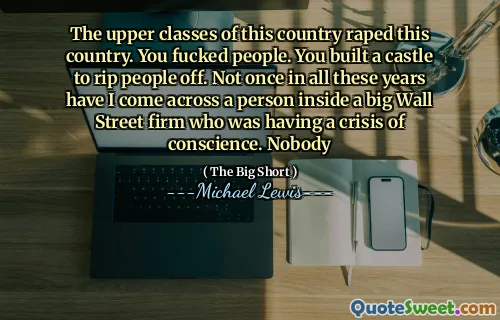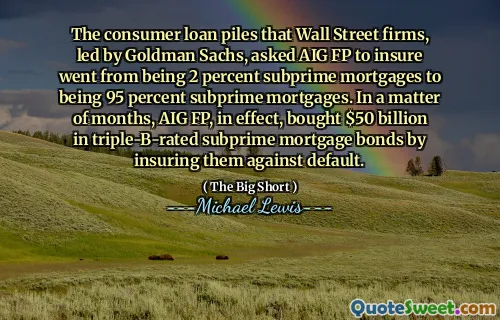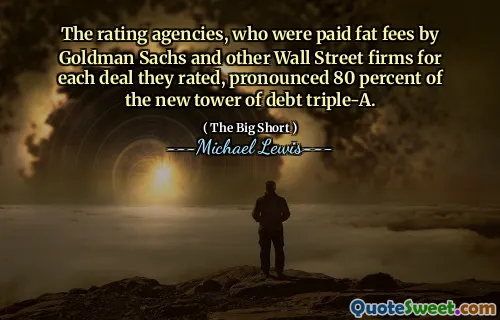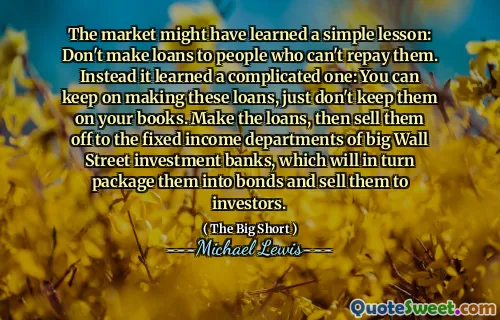
The market might have learned a simple lesson: Don't make loans to people who can't repay them. Instead it learned a complicated one: You can keep on making these loans, just don't keep them on your books. Make the loans, then sell them off to the fixed income departments of big Wall Street investment banks, which will in turn package them into bonds and sell them to investors.
In his book "The Big Short," Michael Lewis discusses the lessons learned from the financial crisis, particularly regarding lending practices. He highlights a fundamental takeaway that should have been clear: avoid giving loans to individuals who lack the means to repay them. However, the realities of the market revealed a more complex strategy. Financial institutions opted to continue extending loans to risky borrowers, but rather than holding onto these debts, they sold them off.
This approach involved offloading loans to the fixed income divisions of major Wall Street banks. These banks would then bundle the loans into bond products that were marketed to investors. This method allowed lenders to evade the repercussions of bad loans by shifting the risk elsewhere, ultimately contributing to the financial turmoil of the era. Lewis's examination unveils how a misguided understanding of risk and profit permeated the lending landscape.











